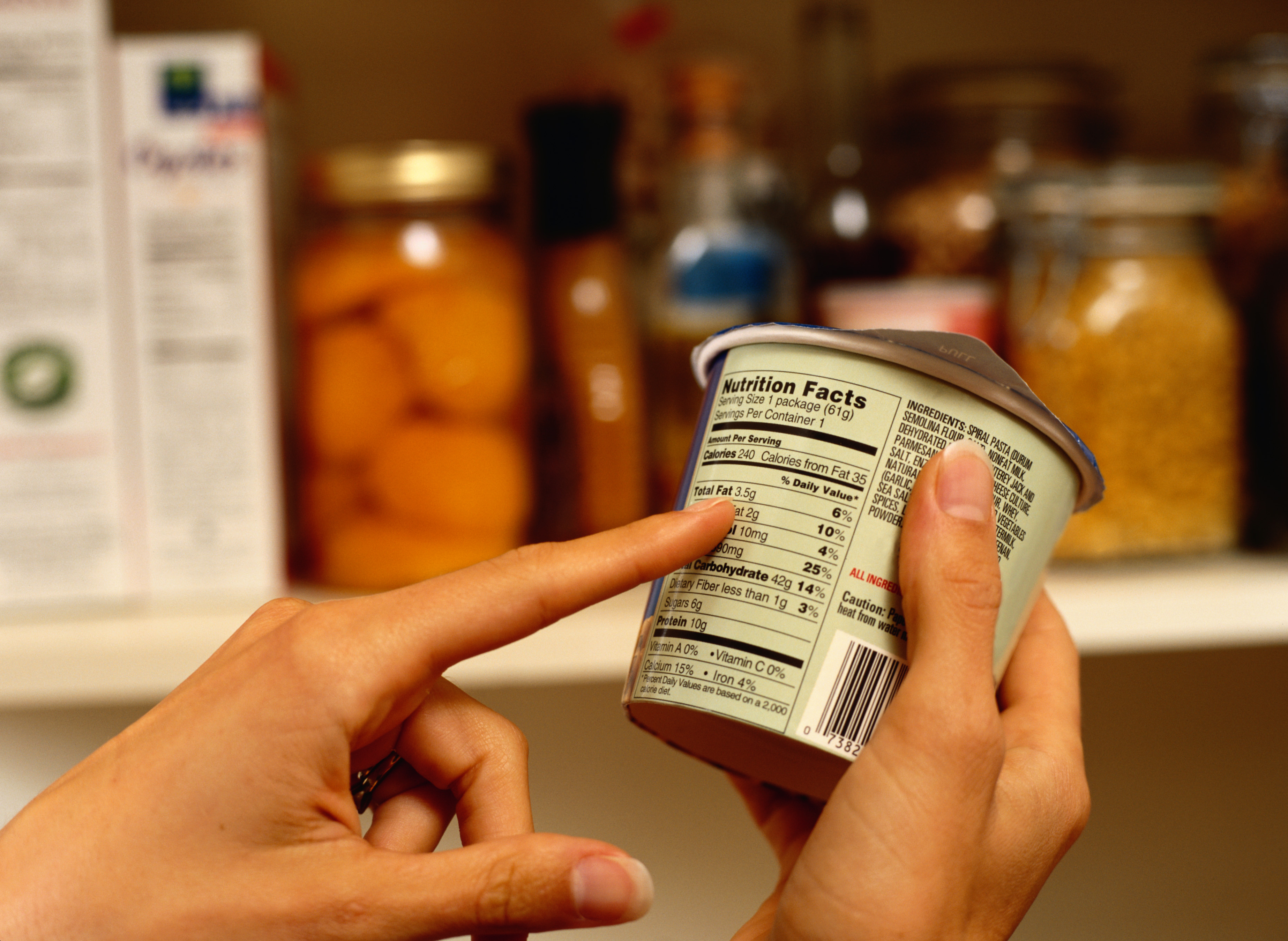
Scholar argues that the food regulatory scheme is not doing enough in the name of transparency.
Calories, sugars, trans-fatty acids, and gluten have become a part of everyday conversation. And yet, despite the American public’s growing interest in the contents of their food, the weight of the average adult has spiked over the past several decades, with more than one third of American adults and seventeen percent of American children now considered to be obese.
In a recent article, Lisa Heinzerling, a law professor at Georgetown University, suggests that faulty regulation is part of the reason for the disconnect between Americans’ general awareness about food and the actual unhealthful nature of the American diet. The U.S. regulatory scheme, she says, makes nutritional content far less transparent than it might seem.
Heinzerling notes that U.S. food law includes a range of requirements, from compelled disclosures to prohibitions on fraud and other misrepresentations. The effects of these strategies can be seen in a supermarket: nutrition facts and laundry lists of ingredients; children’s juices boxes with asterisks noting “contains 10% juice;” and meats labeled “naturally raised” or pumped with “natural flavors.” The federal rules that lead to these kinds of labeling practices are meant to protect the consumer from misbranding and deception, as well as to protect rival companies from unfair competition.
Despite these regulatory protections, Heinzerling argues that food law is actually much too weak. In reality, the modern system of food regulation is plagued with resource limitations, culture differentiations between agencies, and the disproportionate influence of food producers, she says.
Agencies like the U.S Department of Agriculture (USDA) and the Food and Drug Administration (FDA), although strong in theory, have downsized tremendously over the past several years, Heinzerling says. The USDA has apparently abandoned random sampling of food products, eliminated requirements for laboratory testing, and relinquished oversight efforts of food labeling directly to the food companies. The FDA is, according to Heinzerling, similarly backing off its regulatory responsibilities and encouraging consumers to trust food companies to do the right thing.
Heinzerling argues that there is also a growing disconnect between what is written on food product labels and what is actually in the products people consume, to the point where officially sanctioned representations about food have sometimes become what she considers to be “outright lies.”
For example, the FDA requires food labels to disclose the amount of trans-fatty acids contained in products. However, Heinzerling says that the FDA allows a report of “zero” for trans-fatty acids as long as the actual amount is 0.5 grams or less, even though the agency has apparently noted that foods containing less than 0.5 grams of trans-fatty acids could still pose serious health risks. The FDA claims its threshold of 0.5 grams is needed due to practical concerns about detectability.
Differences among food safety agencies have also created different interpretations of the same word, Heinzerling says. For example, while the USDA reserves the term “fresh” for produce that has not been treated with any antimicrobial substance, the FDA allows that same term to be used for produce that has been treated with a mild acid wash.
Heinzerling argues that these minor deviations have a corrosive effect on public trust and undermine genuine transparency.
She admits that the problem is not easy to fix. It is no longer possible to “undo” agency resource constraints and fragmentation, she recognizes. Still, she suggests three changes that she thinks would help.
The first change would be for Congress to authorize private citizen suits for violations of federal food laws. Right now, private suits can be filed only by rival food companies. But allowing ordinary citizens to sue would, Heinzerling argues, take the pressure off of government agencies to monitor food products and companies.
Second, Heinzerling recommends agencies stop reassuring consumers that food labels are accurate and instead work harder to ensure the integrity of food representations to consumers.
Finally, and perhaps most importantly, Heinzerling wants to bring responsibility back to the consumers. Right now, agencies like the FDA and the USDA have competing interests in the consumers and the food companies, says Heinzerling. She advocates that consumers show greater caution and treat food product labels with the same degree of skepticism as they would a legal document created by a stranger rather than a friend.



